Photograph; Sonia Wang, a founding member of the prospective Be the Change Charter School, said some local parents support the school’s bid to open in Bridgeport. “Oh, what a tangled web we weave when first we practice to deceive.” It happens without a word. No malice is intended. We conceive. We believe. We work to achieve, but never ask ourselves the necessary question, “What will be?” We cannot imagine. People with the best intentions present a pretty package. It has sugar and spice and everything nice, inclusive of misconception. It cannot be helped; it is the human condition. We hope and we dream. We see our visions as the cream that rises to the top. We cannot stop. Quitting is just not in our nature. So, let us begin with the tale that we told ourselves. At the time we were certain this was the golden thread.. Charter schools were initially conceived as laboratories for reform, meant to instill choice and competition in the public school system. Thus they are generally freed from most regulations that apply to traditional public schools. Students are not assigned to charter schools but choose to attend them, with money following the student. Charter Schools are public schools. Parents and Teachers are empowered. Freedom. Choice. Competition gives all of us a voice or perhaps, none of these matters. For what will be is what we see, ultimately there is contention. Might this be the exception? Let us delve in and dive deep. It is time for meaningful reflection. Consider the possibilities, might the original premise be flawed? Did we start what needs to be ended? Is there a time to be the change? Let us ask and listen to the answers. BRIDGEPORT — At its Jan. 22 meeting, the CPS Board of Education is set to vote on 21 new charter campuses looking to open in the city next year, including a proposal from Be the Change Charter School. Designed by teachers trained at the University of Chicago’s Urban Teacher Education Program, the prospective school’s approach would offer an alternative to the traditional classroom with a curriculum that focuses on the “academic, intellectual, artistic, social, emotional, and civic growth of each student.” The school would center on the concept of “interdisciplinary learning,” a concept allowing students to explore a theme through the lens of various subjects. The school’s design team hopes to open a K-8 school within the Bridgeport Art Center, a mixed-use, five-story former warehouse along the banks of Bubbly Creek — putting it squarely within a zone highlighted by CPS where more seats are needed to relieve overcrowding. It’s a place, they say, where students and teachers would collaborate often, where students would learn at desks and sitting in circles, where eighth-graders would defend a thesis project and get help enrolling in high school. Outside of the classroom, the school leaders would create an open-to-the public community center, where residents could drop-in for workshops hosted by various groups, they say. But the proposal has been met with harsh criticism from neighborhood activists and leaders with the Chicago Teachers Union who say the proliferation of new charters steals students — and money — away from existing neighborhood schools and privatizes public education. Their bid does not have the support of Alds. George Cardenas (12th) or James Balcer (11th), whose wards include the neighborhoods like Bridgeport, McKinley Park and Armour Square where the prospective school would recruit its students. Cardenas said he hasn’t read Be the Change’s proposal. He said he first wants to monitor the progress of Horizon Science Academy, a McKinley Park school run by the controversial Concept Charter Schools, before giving his support to any new charters. Cardenas supported Concept’s bid to open along Pershing Road last year. Facing what might be an uphill battle, the school’s design team remains hopeful that their approach can earn the support of local families facing tough choices about neighborhood schools. Below is an edited transcript of a recent interview with Sonia Wang, one of the founders of the prospective school.. The proposal for the school has been criticized for “lacking depth.” What’s your reaction to that? People are entitled to their perspective. Unfortunately, this is a subjective process, and so people will bring their lens and critique it the way they feel. It’s also a matter of what expertise you have. As someone with academic expertise, you might look at this and say it’s super specific, or you may say it’s lacking. But in terms of the way the proposal has developed and grown over the past five years, it’s in a place where it’s truly representative of our school and what our school’s design is all about. Please briefly explain the concepts of interdisciplinary learning and restorative justice, and offer examples of each. Interdisciplinary learning is basically when you integrate all content areas into a unit, so students are drawing on content and skills and processes that they learn as a scientist, a reader, a writer and a historian…It’s about equipping our students to be members of our society, because society isn’t a school classroom with periods and a set schedule. But to do this as a school wide commitment from K-8, to do this across multiple disciplines, is something that’s a new concept and it’s valuable. And it allows our students to grow as people, and to be given the skills they need as they progress onto a high school, college, career path. That’s really the core of interdisciplinary learning. In restorative justice, students are given a voice in the discipline process. Out students need to be actively involved so they understand the discipline and the consequence. We feel it’s important to deal with conflict, not just squelch it or put a Band-Aid over it. As a school, we’ll talk about these things. We’re not going to end with hugs, but the reality is you have to deal with these things to be a productive member of society. How does that square with Common Core State Standards that are supposed to be implemented in 2014-2015? We have some direction we give the teachers, but everything starts with the [Common Core] standards. Common Core is the anchor. In terms of literacy and math, we have curriculum that’s aligned to Common Core. Why did you select Bridgeport Art Center as the site for the school? The reality is that facility sites are a challenge, and so we’re kind of relegated to what sites are available. As an independent organization, we have to think about what we have the capacity to do and not do. But we’re excited about Bridgeport Art Center. It fit with the uniqueness of our vision really well — we’re doing school differently, and in the same way the space isn’t a typical school. It allows for a unique interaction with the neighborhood. There’s part of the proposal that hasn’t been touted, the community center. What’s that about? Our vision is by year three, we want to provide a space for the community for events or workshops. And these are public things. We want to be clear about that: we want this to be a space that’s nurturing for our community. That could also mean partnering with community organizations to host things like classes for adults or financial literacy workshops. We would also have after-hours information sessions for school parents about interdisciplinary learning or how to support your child with reading strategies. The proposal also says you’ve reached out to 80-some families and gotten support from more than 200 people. Do you think that’s enough support? That’s a great question. I don’t know. I want to say yes. In the past weeks, we’ve actually collected signatures form 120 parents and families in support of our school. The reality is we’re a small group on the ground doing this work. If we were to mobilize 100 people, could we go out and get 500 signatures? Probably. But there’s four of us. So there are obstacles. But I think the support and desire for the school that’s being expressed is enough for me. At the Dec. 10 forum, parts of the group’s fundraising effort was slammed, particularly the group’s search for funding from the Walton Family Foundation, an offshoot of the Walmart empire. Is that funding source still on the table? If so, why? Yes. We need to money to be a school, and our children deserve the best things, the resources. Your group’s finance director Phillip Hall said the Walton funding would be money with “no strings attached.” Someone in the crowd that night was quick to shout that the “strings” are no less than the privatization of public education. Where do you stand on that? Here’s what’s happening at CPS. CPS is cutting funding for charter schools so CPS is saying “go to Walton.” I’m not going to agree with or disagree with the privatization thing, but that’s something that’s happening with CPS Central Office. Again, we want a school to serve children and do good for them. These are not flippant decisions, even when it comes down to the fact that we do need money. It’s still a hard decision. Critics of charter schools have been pretty vocal in saying new schools siphon students away from neighborhood schools; parents have said they’re looking for better choices. So, is there a middle ground there — and why should Be the Change be exempt from backlash against charters? This idea of being “exempt” seems like there’s an air of arrogance and I don’t like that, so here’s what I will say: Parents deserve choices, and we need to trust that our families and parents can make the right choices for their students. When we talk about siphoning students away, the role of the parents and families aren’t ever in sight. But somewhere, there’s a parent saying “I want my child here.”Be the Change Charter School: Questions and Answers
Be the Change Charter School: Questions and Answers
[Facebook/Be the Change]
By Casey Cora @caseycora | Originally Published at DNAInfo Chicago. January 6, 2014 8:35am
It could be a really nice proposal. It could be the darndest thing. The point is, we need to look at this new charter school first and [see] how it’s functioning,” he said, adding that he hasn’t “shut the door” on Be the Change.
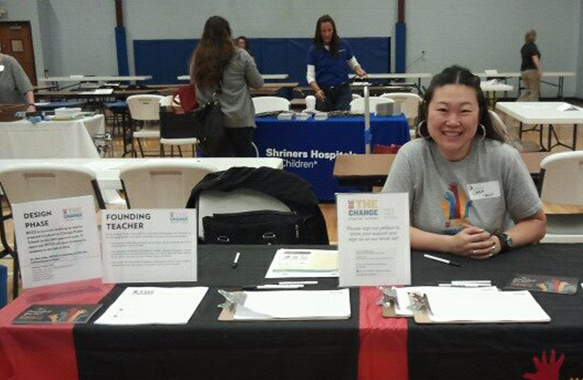





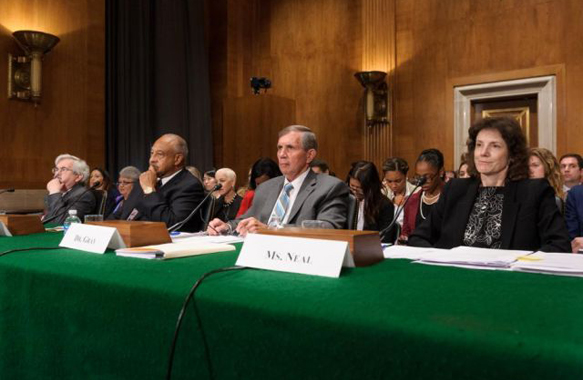
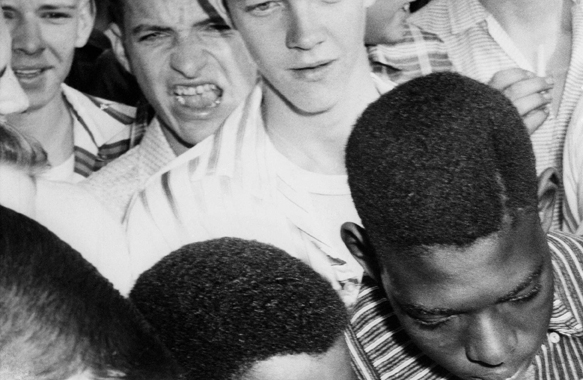
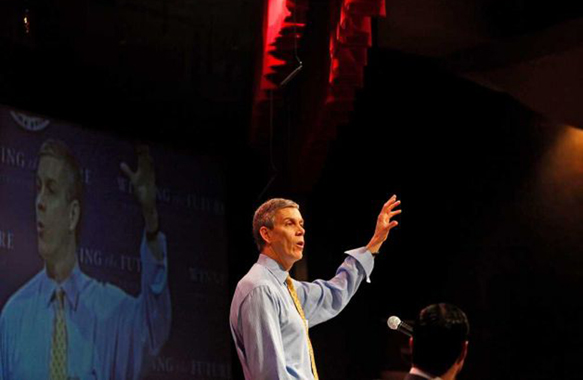
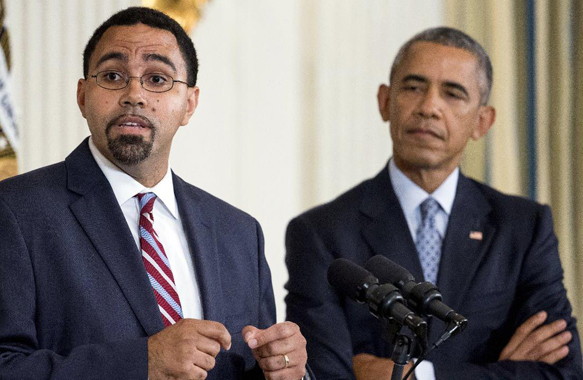
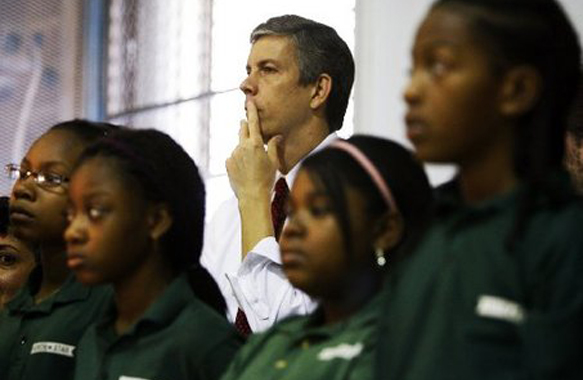

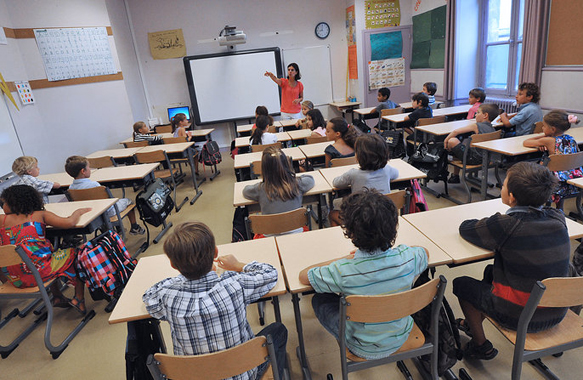
Leave A Comment